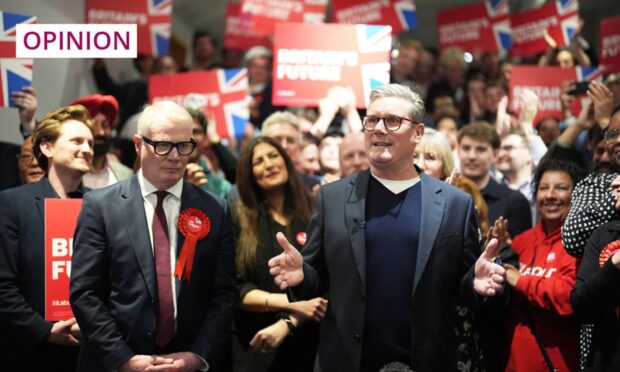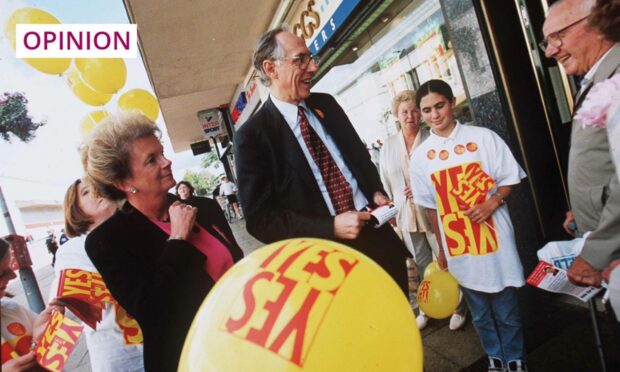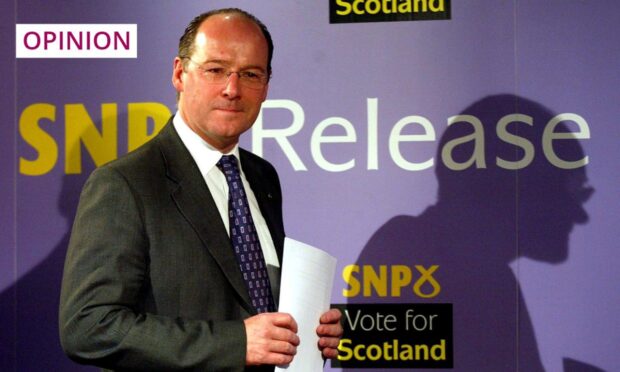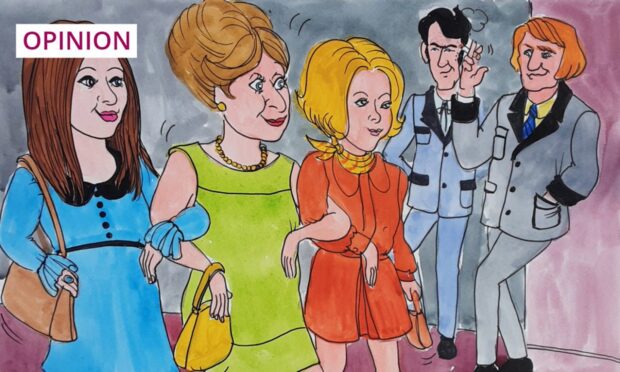The end of the Bute House Agreement came as no great surprise, and to the great relief of many within the SNP, including myself.
For scores of party members and supporters, the agreement was seen as the Green tail wagging the SNP dog.
The coalition, remember, was between a party with 63 seats, and one with seven. Yet, almost all the problems the Scottish Government has faced since 2021 have resulted from policies championed by the Greens. From the ill-thought-out deposit return scheme and the highly protected marine areas plan to the controversial gender recognition reform proposals, policies were out of tune with majority opinion within the country and badly drawn up.
Many within the SNP were puzzled as to why the agreement, which gave the Greens two ministerial jobs, was established in the first place. A “confidence and supply” agreement should have been considered as a better option.
The scrapping of the 2030 climate target was the trigger for the Greens to consider scrapping the agreement themselves and putting the issue to a vote of party members next month. That, in turn, would have been seen as the Greens making major decisions about the future of the Scottish Government. So, it was really no surprise that First Minister Humza Yousaf took the initiative and dumped the Greens before they had the chance to end things themselves.
.@patrickharvie has criticised Humza Yousaf for moving to “capitulate to the most reactionary, backward-looking forces” in the SNP after kicking the Greens out of government. pic.twitter.com/vBGVaagmKl
— David Bol (@mrdavidbol) April 25, 2024
To have simply waited for the outcome of a vote by members of a small minority party, who would then have had the power to continue or end the government coalition, would have been seen as allowing the Greens to dictate matters. By seizing the situation himself, Mr Yousaf has shown strength and courage, not weakness, as some have claimed.
He was already under serious pressure from within his own party to scrap the Bute House Agreement long before this most recent crisis over the climate target. Senior figures such as Joanna Cherry, and former cabinet minister Alex Neil have been vocal in calling for the SNP to ditch the Greens. There is, too, little doubt that had Kate Forbes won last year’s SNP leadership contest, the Greens would have been out of government long ago.
What next at Holyrood?
So, where do we go from here? Humza Yousaf will now attempt to run a minority government. He is, after all, only two short of an overall majority – a far better position than the one in which Alex Salmond found himself back in 2007, when he successfully ran a minority administration.
Running a minority will, of course, present problems. But, free of the Greens, the SNP will be able to progress issues such as the badly-needed upgrading of both the A96 and the A9 roads, with support from other parties at Holyrood.
First, though, Yousaf has to survive the Conservatives’ vote of no confidence next week. Will the Greens still be so angry that they’ll vote with the Tories? How will former SNP MSP Ash Regan vote? We’ll see.
As Alex Neil claimed last week, dumping the Greens will allow the SNP to return to what he called “bread and butter issues”, such as the cost-of-living crisis, improving public services, jobs, the economy, and the health service. And there’s little doubt that most Scottish voters would agree with that view.
Campbell Gunn is a retired political editor who served as special adviser to two first ministers of Scotland, and a Munro compleatist












Conversation